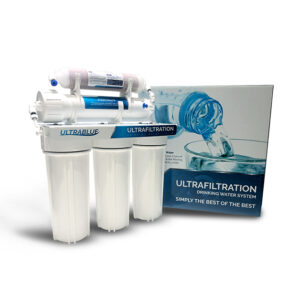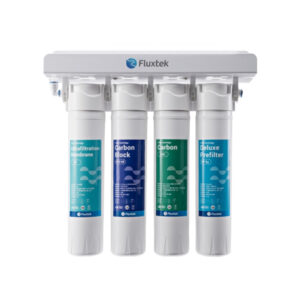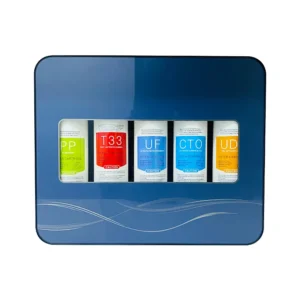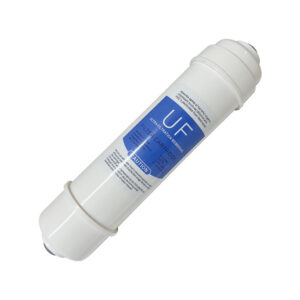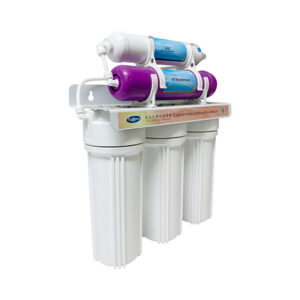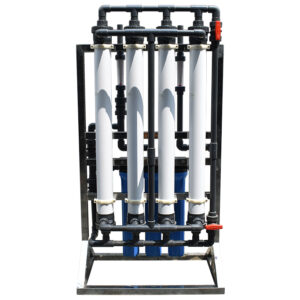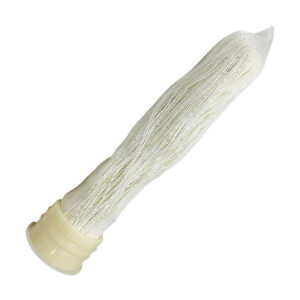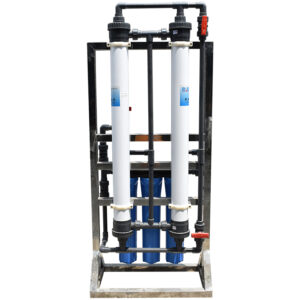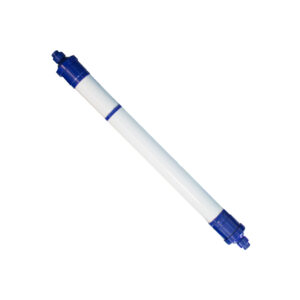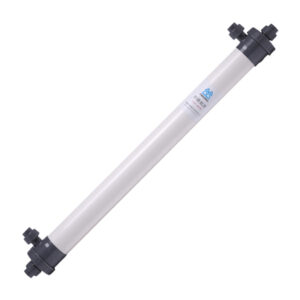Currently Empty: R0.00
UF Ultrafiltration Systems
- Home
- UF Ultrafiltration Systems
UF Ultra-Filtration Systems
What Is Ultrafiltration?
Ultrafiltration (UF) is a variety of membrane filtration in which forces such as pressure or concentration gradients lead to a separation through a semipermeable membrane. Suspended solids and solutes of high molecular weight are retained in the so-called retentate, while water and low molecular weight solutes pass through the membrane in the permeate (filtrate). This separation process is used in industry and research for purifying and concentrating macromolecular (103–106 Da) solutions, especially protein solutions.
Ultrafiltration is not fundamentally different from microfiltration. Both of these are separate based on size exclusion or particle capture. It is fundamentally different from membrane gas separation, which separates based on different amounts of absorption and different rates of diffusion. Ultrafiltration membranes are defined by the molecular weight cut-off (MWCO) of the membrane used. Ultrafiltration is applied in cross-flow or dead-end mode.
Types Of UF Membranes
Hollow Fiber UF Membranes
Hollow fiber membranes (HFMs) are a class of artificial membranes containing a semi-permeable barrier in the form of a hollow fiber.
Hollow fiber membranes are ubiquitously used in industrial separations, especially the filtration of drinking water.
Industrial water filters are mainly equipped with ultrafiltration hollow filer membranes. Domestic water filtration systems have microfiltration hollow fiber membranes. In microfiltration a membrane pore diameter of 0.1 micrometers cuts-off microorganisms like germs and bacteria, Giardia cysts and other intestinal parasites, as well removing sediments. Ultrafiltration membranes are capable of removing not only bacteria, but also viruses.
PVDF Ultrafiltration membrane
Polyvinylidene Fluoride (PVDF) membranes provide greater chemical & temperature resistance. They are designed for extended life in a wide range of food processing and dairy applications and are available from 30,000 to 50,000 MWCO.
Features
- Dissymmetrical structure
- High efficiency of cleaning restore
- Low resistance
- Resistant to chlorine, peroxide and wide range of pH levels.
Application
- Cheese Milk Fortification Separation Dextrose Clarification Milk Fortification Confectionary Products
Polyacrylonitrile Ultrafiltration Membranes
Polyacrylonitrile(PAN) spiral wound ultrafiltration (UF) membrane elements provide high performance with a molecular weight cut-off of 20,000. They are ideal for oily waste water and applications where tolerance to solvents and oils is required.
Benefits
- Tolerant to Many Solvents and Oils
- Filtration to 20,000 Molecular Weight Cut-Off
- Low-Pressure Requirements For Reduced Operating Costs and Power Consumption
- High Flux for High Flow Rates
- Robust Materials and Construction for Long Life
polyethersulfone (PES) ultrafiltration membrane
polyethersulfone (PES) spiral wound ultrafiltration(UF) membrane elements provide removal of fine particles from aqueous solutions to a molecular weight cut-off (MWCO) of 10,000.
Benefits
- Tolerant to Solvents, Esters and Aromatics
- Absolute Bacteria and Virus Removal
- High flux results in high yields
- Low energy usage reduces power consumption and cost


